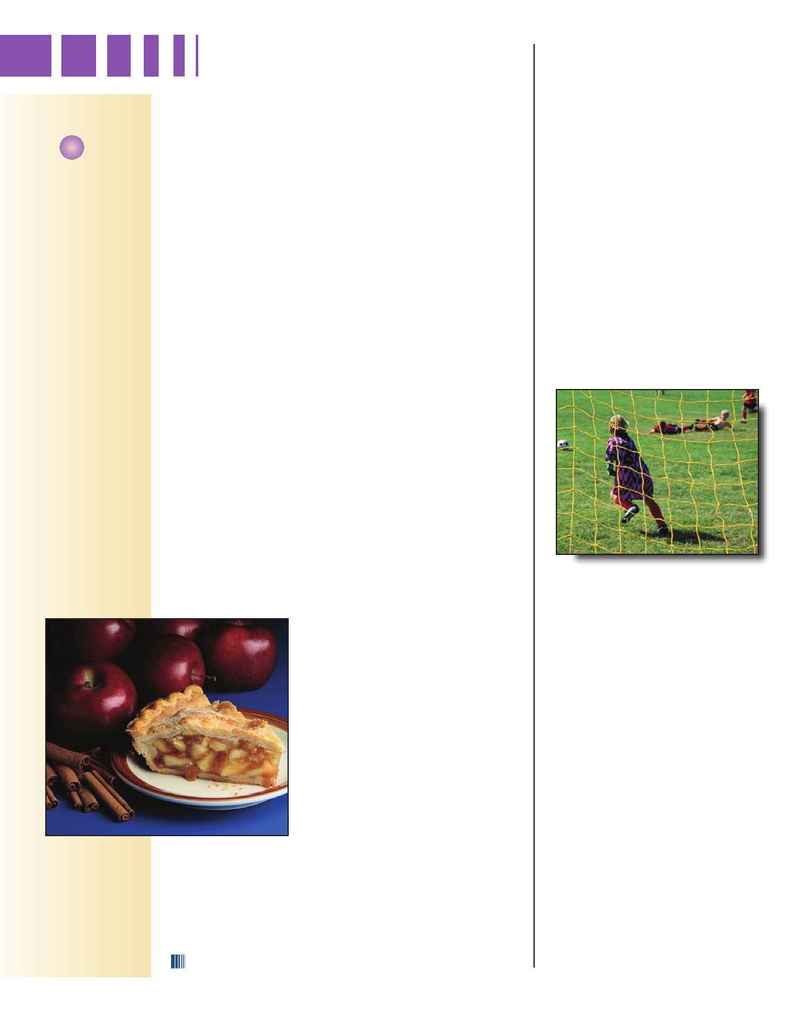
4
T
Glycemic Index
What Is It and How Can Polyols Help?
he Glycemic Index was established some 20 years ago as a means of classifying
foods based on their potential to increase blood glucose. During the last
20 years, clinical studies and scientific research have shown that the
concept can be applied to single foods, mixed meals and whole diets,
and to people with or without diabetes, and that the methods used are
reproducible and consistent. Glycemic Index Tables have been
published ranking over 1000 foods by Glycemic Index, including pure
carbohydrates and commercial products.
Not only is overweight and obesity a problem in the U.S., but it is
also becoming a problem around the world. The World Health
Organization and Food and Agriculture Organization of the United
Nations (WHO/FAO) have stated that, globally, overweight is a bigger
problem than undernourishment and recommended that people in
industrialized countries should base their diets on low Glycemic Index
foods to prevent most common diseases of affluence.
Although some experts believe that Glycemic Index can aid people in
controlling their weight, the subject continues to be seriously debated.
However, it is clear that the rate of carbohydrate absorption after a meal,
as quantified by Glycemic Index, has significant effects on postprandial
hormonal and metabolic response. High Glycemic Index meals may
promote excessive food intake, beta cell dysfunction, dyslipidemia and
endothelial dysfunction. Thus, the habitual consumption of high
Glycemic Index foods may increase risk for obesity, type-2 diabetes, and
heart disease. Conversely, a reduction in the
overall glycemic load of the diet could help to
reduce that risk.
Polyols are sugar-free sweeteners.
Although they are carbohydrates they are not
classified as sugars, but can be used cup-for-
cup [volume-for-volume] in the same
amount of sugar. Polyols, including erythri-
tol, hydrogenated starch hydrosylates (HSH),
isomalt, lactitol, maltitol, mannitol, sorbitol
and xylitol, are used in a wide range of prod-
ucts including chewing gums, candies, ice
creams, baked goods, fruit spreads and
more. All polyols have a low Glycemic Index
and can be used to completely or partially
replace sucrose, glucose and high Glycemic
Index polysaccharides such as starch and maltodextrin in a wide range
of processed foods such as dairy products, baked goods and
confectionery. Polyols and associated specialty carbohydrates can have a
useful role in reducing the overall glycemic load of the diet and in so
doing help to reduce the risk of a variety of "lifestyle" related diseases.
Polyols and
associated
specialty
carbohydrates
can have a
useful role in
reducing the
overall
glycemic load of
the diet and in
so doing help to
reduce the risk
of a variety of
"lifestyle"
related
diseases.
The Obesity Crisis -- Who's to Blame?
(continued from front cover)
to 13 year-olds do not participate in orga-
nized physical activities outside of school.
And, almost 23 percent do not participate
in any type of physical activity. Currently,
only the state of Illinois mandates that
PE be part of the curriculum from
kindergarten through 12th grade.
However, a recent survey found that fewer
than 10 percent of the elementary
schools complied with this law. In most
states, PE is required for all elementary
schools but the requirement declines as
children age. Although many educators
agree that PE is important, due to bud-
getary constraints they are not able to
include it. Or, if it were included, other
activities (including drama, music, etc.)
would be cut.
Schools are not only looking at physi-
cal activity (or the lack thereof), but they
are also evaluating the foods and bever-
ages that are served in schools.
California's Governor Gray Davis signed a
bill banning the sale of soda in elemen-
tary schools and limiting the sale in
junior high schools beginning summer
2004. The ban would only permit the
sale of milk, water and juice drinks (at
least 50 percent juice) with no added
sweeteners in elementary schools. The
ban does not affect highschools.
However, school officials can turn on
vending machines after school and sell
soda before and after school at fundrais-
ing events.
But some understand that simply
removing such items from schools may
not be the answer. Many realize that the
obesity issue is not only serious but also
(continued on next page)
